23_05_2007
Ever since its beginnings photography claimed to tell the truth or better to tell us the viewer something about the depicted subject. Barthes suggests that by analyzing details of a picture and by paying attention to how somebody is dressed or the haircut he has, we can build a pretty clear understanding of the world that it represents. Photography as indexing and ethnological tool supplying access to what Barthes calls infra-knowledge.
On the other hand; always according to Barthes “since every photograph is contingent (and thereby outside of meaning), Photography cannot signify (aim at a generality) except by assuming a mask. The self and the representation of self in public spaces is one of the most controversial topics in sociology and photography. How does technology and especially digital media affect our relationship with space and the self?
23_05_2007, my ongoing photographic research work, takes its cue from the words of Roland Barthes’s “Camera Lucida”. What can we learn in means of self-representation, and can the “self” actually be fully represented, from anonymous faces and gestures in the crowd? Can we extract an essence from the representation of a human face depicted on any photographic media?
What is the interaction or rather the interference of the photographer with his or her subject? Is the photographer acknowledged and therefore adding a further layer to an ever-changing equation? Having shot the whole project with a concealed camera or as Wordsworth would put it; “he dons his coat of darkness”, and always on the move in between a buzzing multiplicity, the resulting photographs give us a close look at the “face”. Given this unawareness of being portrayed, can we assume that we see a true representation of our inner self in a public space? Undoubtedly my relationship with public spaces and the inhabiting crowd has changed during the shooting process. My awareness and proximity to the others gave me a clear perception of myself as part of a public space.
 Share / Save
Share / Save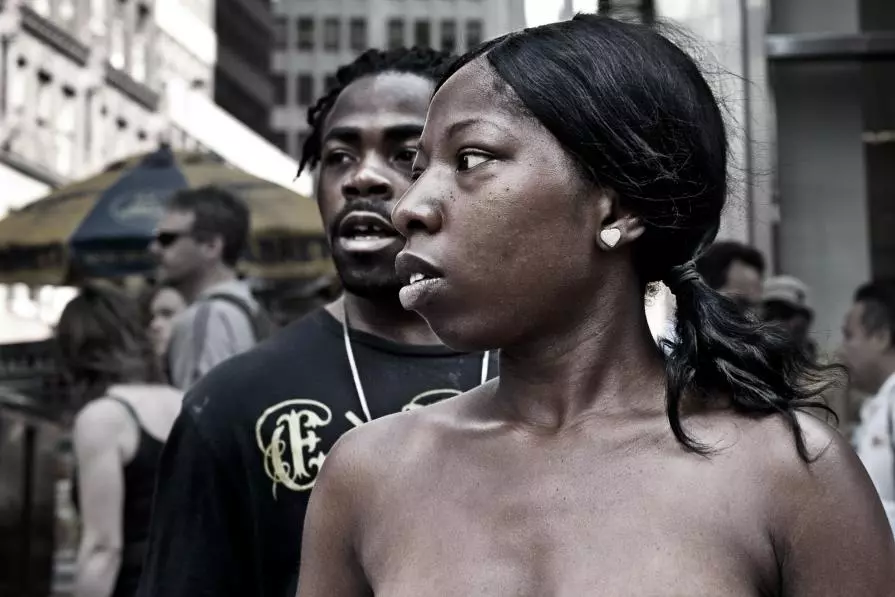
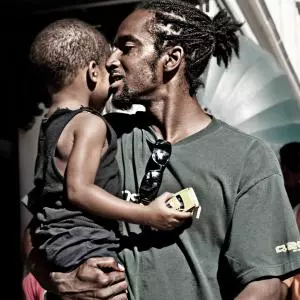
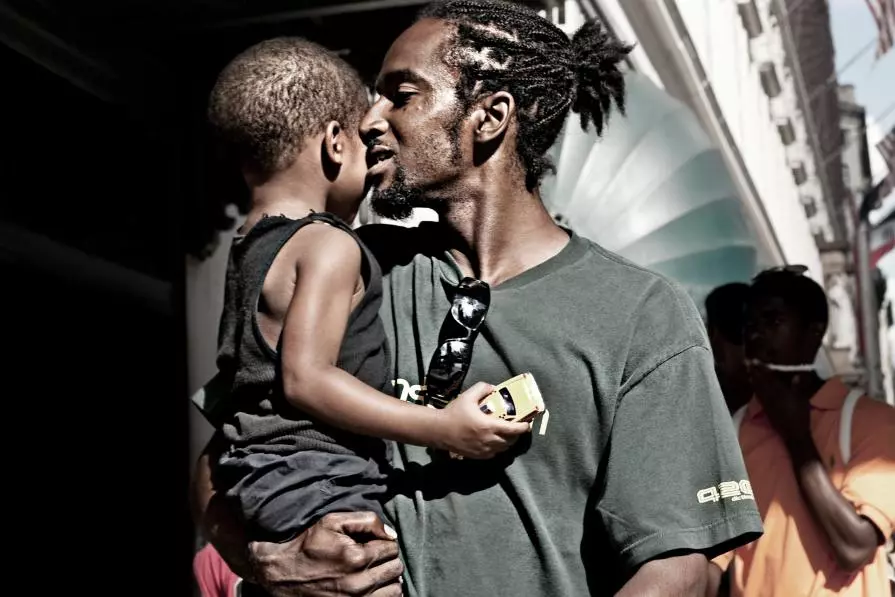
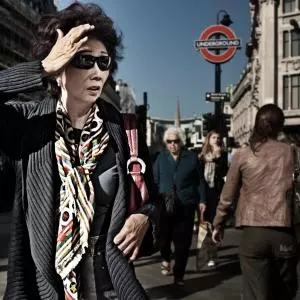
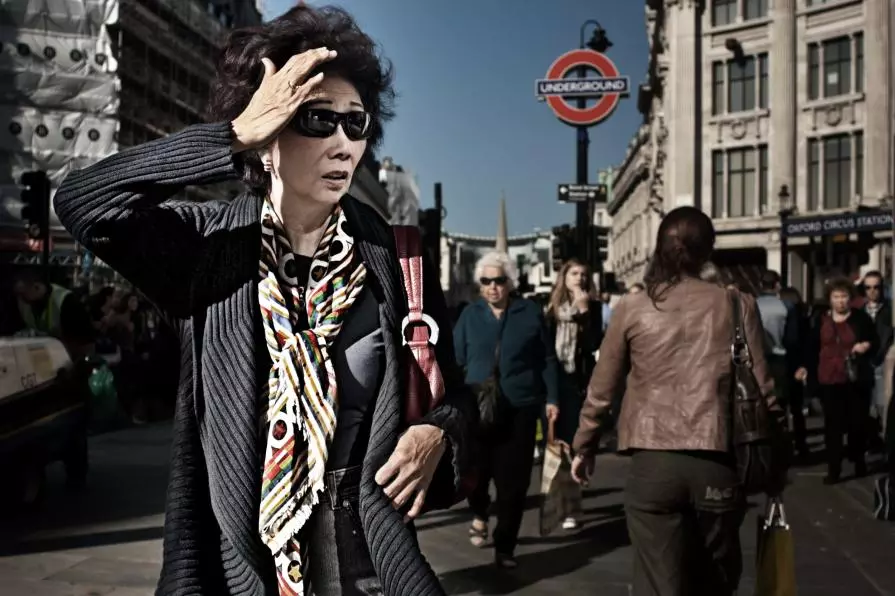
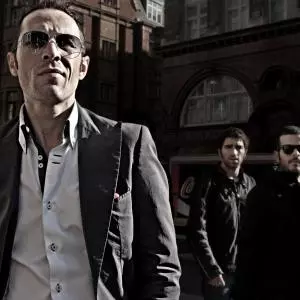
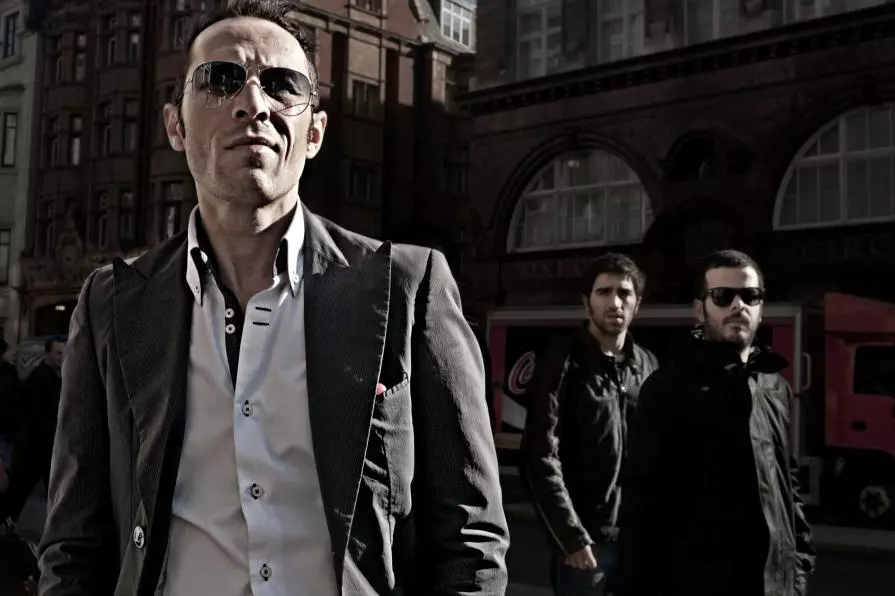
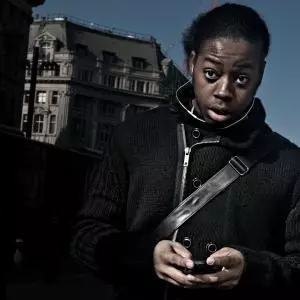
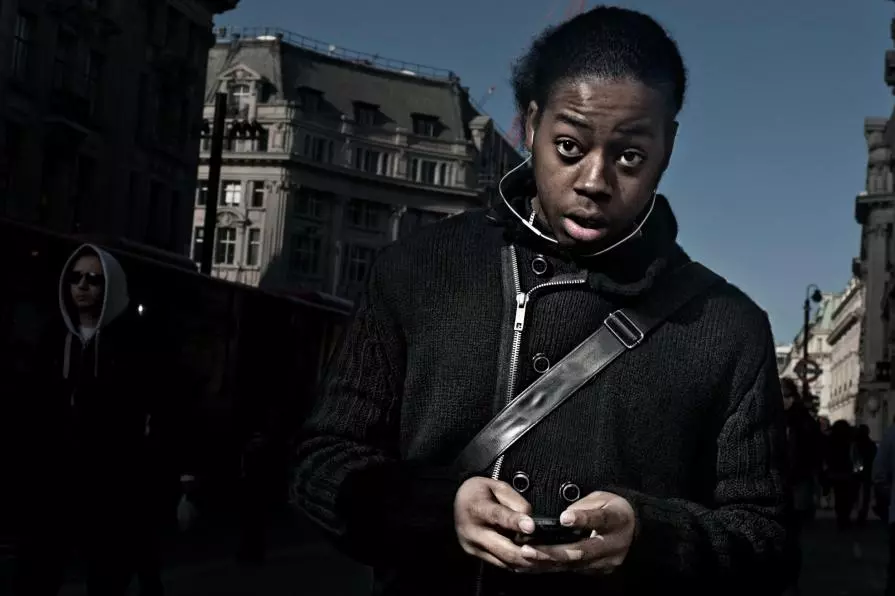
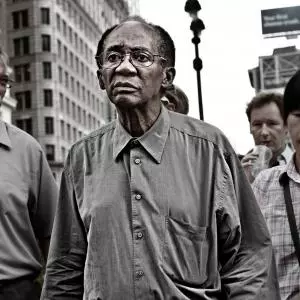
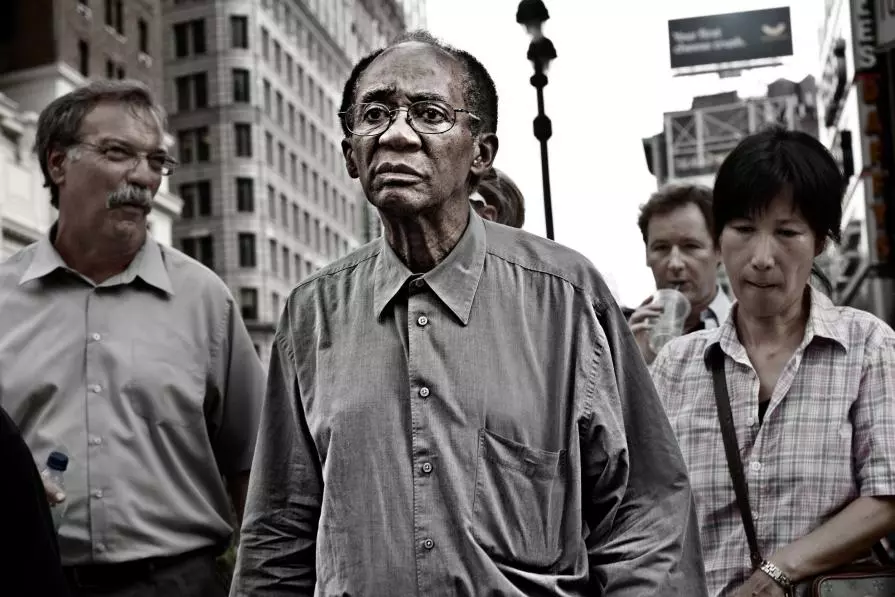
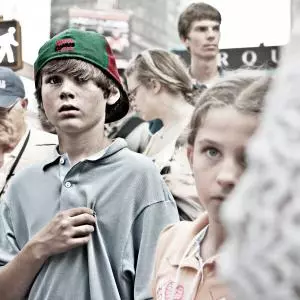
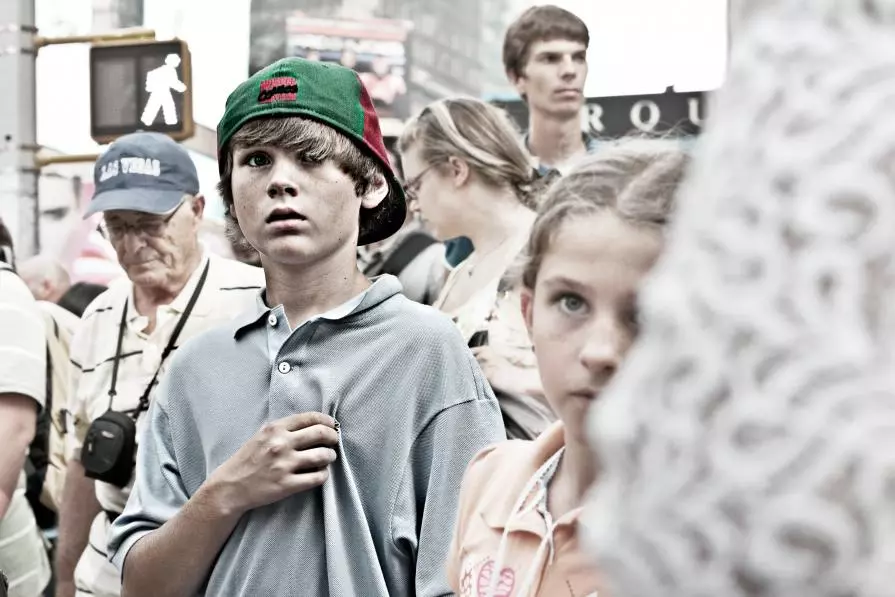
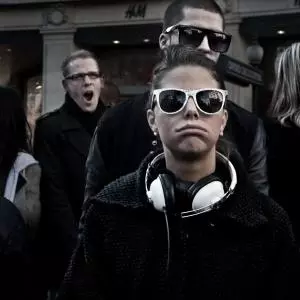
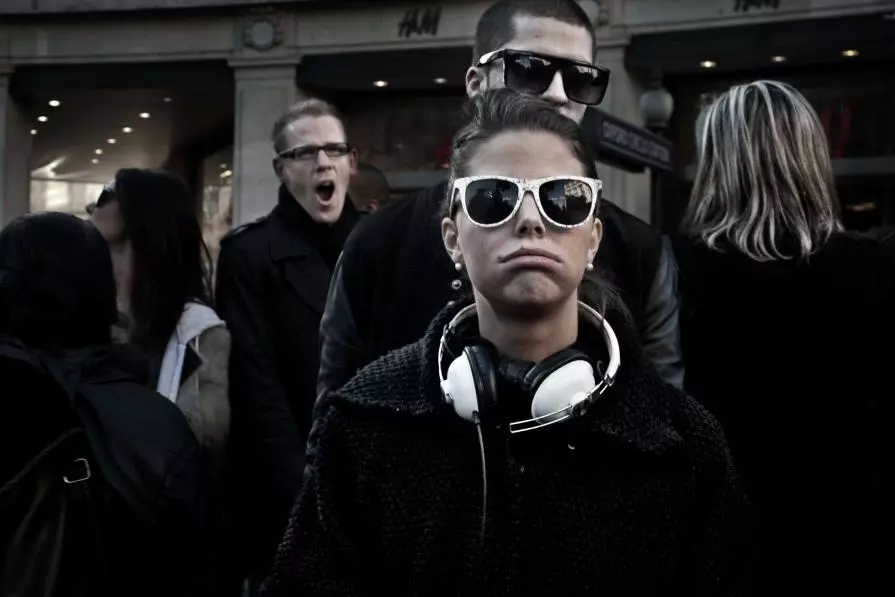
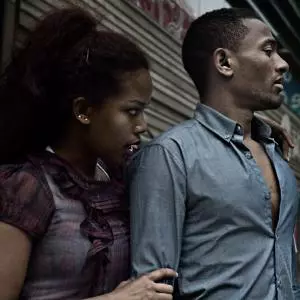
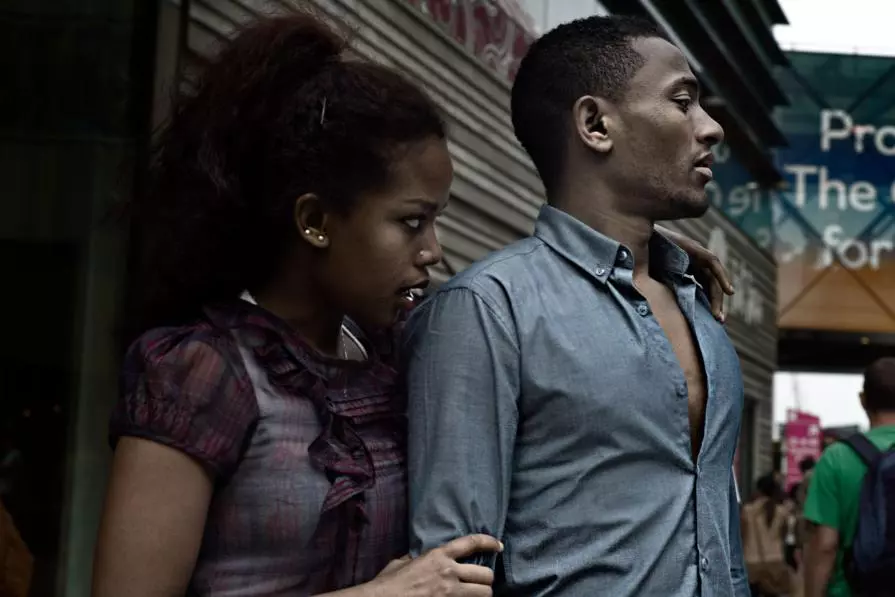

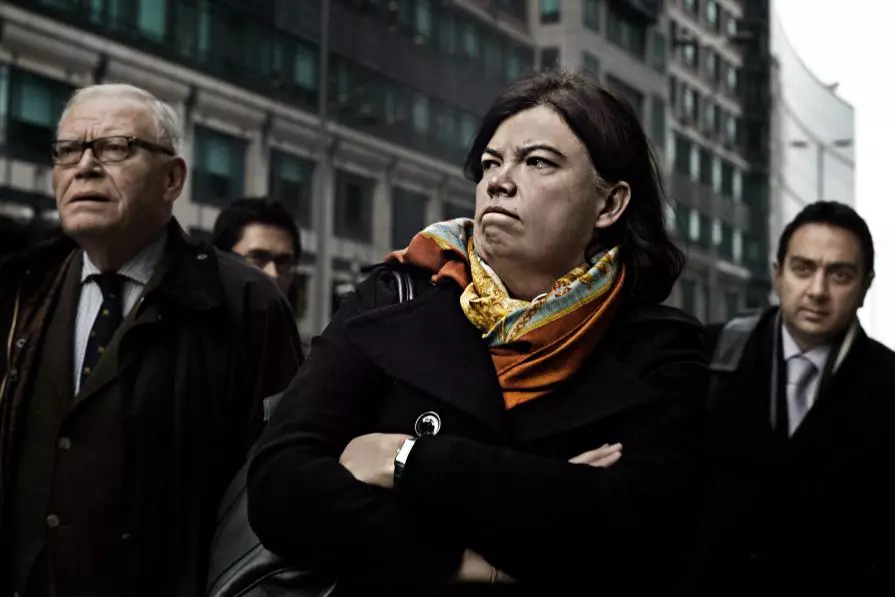








Comments 0
Say something